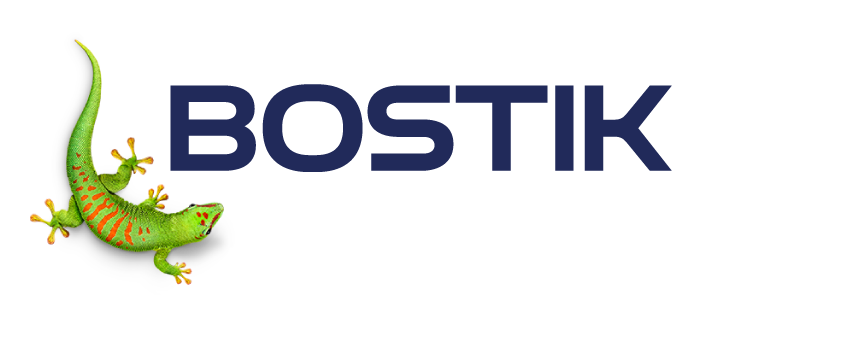Moulding the future - Bostik Crazy Clay
Clay is a timeless substance that touches many aspects of a child’s development. It has been around since 1897 and inspires invigorating activity that bridges ages and genders and allows for hours of expression. You can squish it, poke it, punch it, roll it, pile it, mould it, shape it. Playing with clay is fun—regardless of your age!
Physically, clay offers a child an excellent combination of fine and large motor opportunities. Fingers can pinch, smooth, poke and push smaller pieces of clay through detailed and intricate fine motor work. Importantly, many of the hand muscles at work during clay play are the same muscles a child will use to hold a pencil, tie shoes or button clothes. As hands and arms work to slap, push, squeeze and pound, large motor skills are called upon. It is not uncommon for children to lean their entire upper torso into the clay as they are flattening or cutting it. Clay provides and sometimes demands a whole body experience!


As a child considers the lump of clay in his hands, he creates a plan of action and evaluates the various steps needed to reach his goal. These cognitive processes, known as executive function, will be vital for future information assessment and problem solving. As he rolls the ball of clay into a long worm-like shape and then back into a ball, his rudimentary, hands-on experiments with advanced concepts like the conservation of mass (the mass of an object does not change, even if the shape of it does) increase his overall awareness of physical properties of the world around him.”
(Reference: Stanford University – Bing Nursery School (https://bingschool.stanford.edu/)
What are the benefits of playing with Crazy Clay?
- Encourages sensory development: Clay play is a multi-sensory hobby: touch, sight, smell—and even sound. Is it slimy, soft, light, heavy or dry? What does it sound like when you squeeze it? Children can strengthen sensory skills as they learn to manipulate the material into different objects and shapes.
- Develops coordination and motor skills: It helps improve eye/hand coordination and build both gross and fine motor skills, including the small muscles in hands and fingers.
- It’s therapeutic: Clay play can be a very invigorating, yet soothing activity. Working the clay is a positive way to express emotions, a good stress-reliever and a calming pastime for kids.


- Extends attention span It’s so different from other mediums, like drawing, that children are naturally drawn to experiment with this fun material. And because clay is so adaptable, mistakes can usually be repaired so kids don’t feel frustrated. In fact, clay can be so engaging they may play for long periods of time without any adult involvement!
- Builds imagination Many toys are developed for imaginary play, but not many let children dream up and create something entirely new. Clay stimulates curiosity, motivates them to problem-solve as they work on their project, and ultimately leads them to craft unique three-dimensional art.
- Boosts self-esteem The best part? Children can make something out of nothing. The bowl may not be perfectly round or the truck may not look much like a truck, but they made it. Kids not only feel proud of what they brought to life, but also a sense of accomplishment.
Get creative with different colours Bostik Crazy Clay is so versatile that you can literally mix any colour in the rainbow or under the sun! The clay is available in black, red, yellow, purple, white and blue and the box contains a colour mixing guide to assist you with creating various colours.


Bostik Crazy Clay is air-drying, crack free, non-toxic and safe for kids to play with. Create basic shapes with your hands, then use any tools you can find around the house to shape your work e.g. spoon, knife, toothpick, straw, paper clip etc. Stick the parts together by applying pressure and then leave to air-dry. Dries within 6 hours, but final drying time will depend on the thickness of your figurine. Also suitable as a therapeutic putty for hand and finger rehabilitation exercises. Not suitable for children under 3 years.
